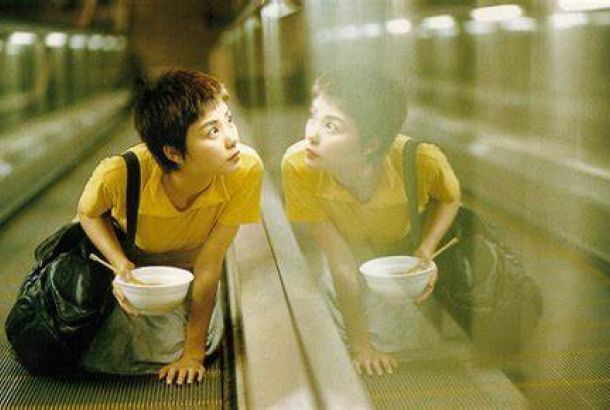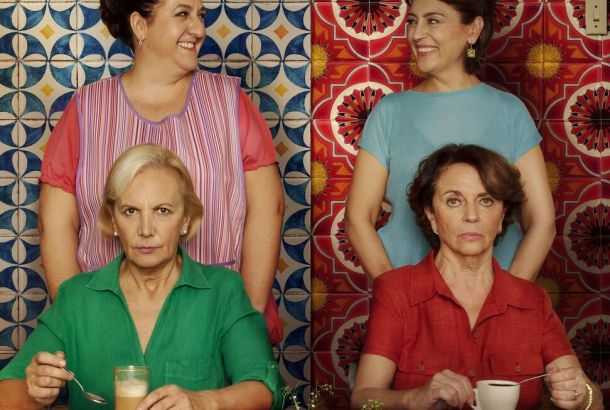Old school animation in the digital age
By Dylan Wiggan
Once upon a time, if you wanted to see a rat ‘make it’ as a chef, learn what monsters are hiding in your closer or find out what happens to your toys after you left the room, you’d have to draw it. Panstakingly, frame-by-frame. But the times they are a changin’, as Bob Dylan once sang. But unlike Dylan I’m not flagging up a change of a social and cultural nature in the face of the civil rights movement, no, instead I’m looking into the much more important issue of the change of animation techniques.
It’s all Pixar’s fault really. Little did we all know as we tucked into our popcorn and slurped our big gulps, chuckling haughtily through each of the latest insta-classic films they delivered us throughout our childhood, that they were hammering nail after nail into the coffin of what has become known traditional animation.
You see the meteoric rise of Pixar, famed for their CGI 3D animation, coincided with the fall of Disney’s classic 2D output. In hindsight this looks to be more due to poor quality then changing tastes: compare Disney’s Atlantis (2001), Treasure Planet (2002), Brother Bear (2003), Home on the Range (2004) against Pixar’s Monsters, Inc. (2001), Finding Nemo (2003), The Incredibles (2004) and it’s clear which studio was a better run of creative form.
Regardless though, the studio bigwigs got together and decided the reason they were in such a rut was the format rather than the content. They proclaimed 2D was dead and promptly shut down their traditional animation studios and committed to aping the more popular approaches of Pixar and Dreamworks animation.
Since 2004’s Home on the Range you could look at the film landscape and agree that 2D is dead as CGI animation dominates the market. The last major 2D attempt, 2009’s The Princess Frog, was a relative financial disappointment, and the last major hit in the format was 2007’s The Simpsons Movie, which was a unique proposition.
Despite mainstream failure old school animation undoubtedly lives on, only just for more niche markets. Aardman Animation, though increasingly straying into computer animated waters, continue to toil away with stop motion with the likes of Wallace and Gromit: Curse of the Were-Rabbit and The Pirates! In an Adventure with Scientists. The revered Studio Ghibli continually shows how 2D has no limits to its hardcore cult fan base of both kids and adults with such favourites Ponyo (2008) and The Secret World of Arrietty (2010). Not to mention quirky stop motion hits Coraline (2009) and Fantastic Mr. Fox (2009).
Most recently there was Frankenweenie (2012). This Tim Burton film is a black and white, stop motion film (perhaps as non-commercial as a family animated film can get). Speaking exclusively with The Mancunion, Frankenweenie’s executive producer Don Hahn talked about getting this kind film made in today’s climate. “The black and white was homage to the old monster movies and the studio [Disney] was surprisingly co-operative with all that stuff we wanted to do. And I don’t think it’s just because Tim was involved, I think its that stop-motion is a relatively cheap and really personal medium that has an under-served, rabid fan base.”
Though CGI looks to be the dominant medium for the foreseeable future, films like Frankenweenie are a great reminder of how family films don’t need computer animation to still feel fresh and relevant to modern audiences. Hopefully Frankenweenie’s success will lead to more old school style animated films, giving ‘kids’ films the same diversity as ‘adult’ films enjoy.
Frankenweenie is available on DVD and Blu-ray now







